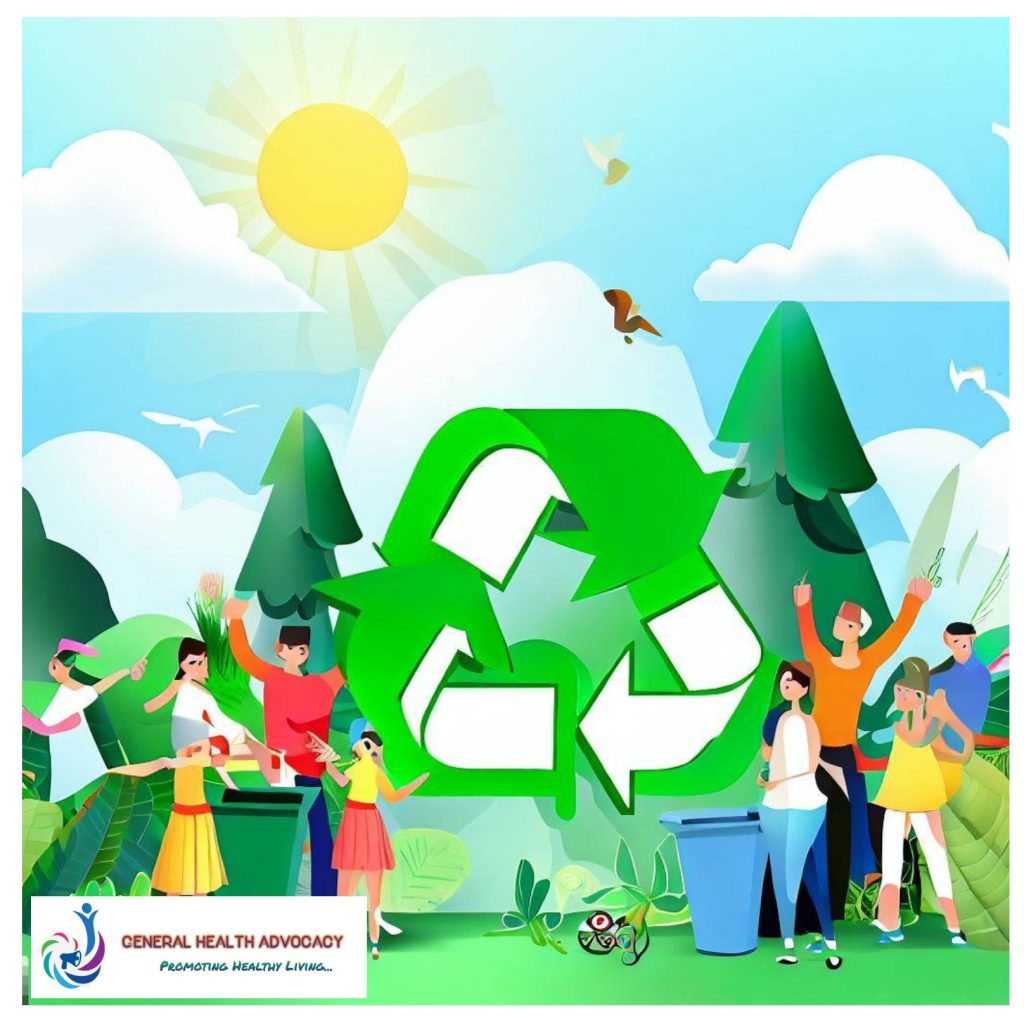Impact of Environmental Pollution on our Health and Ecosystems

Environmental pollution is a major global issue that affects the health and well-being of people, animals, and the environment. Pollution can come in many forms, including air pollution, water pollution, soil contamination, and noise pollution.
Pollution can have a variety of negative impacts on the environment, including the destruction of ecosystems, climate change, the depletion of natural resources, and the contamination of soil, air, and water. It can also lead to health problems, such as respiratory illnesses, skin diseases, and cancer.
Sources of environmental pollution
Include industrial activities, such as;
◾️Burning fossil fuels, manufacturing chemicals, and releasing hazardous materials.
◾️Other sources include agricultural activities, such as the use of pesticides and fertilizers.
◾️Transportation activities, such as the burning of gasoline and diesel.
Types of environmental pollution include air pollution, water pollution, soil contamination, and noise pollution.
- Air pollution is caused by the release of pollutants into the atmosphere, such as carbon dioxide, sulfur dioxide, and nitrogen oxides.
- Water pollution is caused by the release of pollutants into bodies of water, such as sewage, agricultural runoff, and industrial waste.
- Soil contamination is caused by the release of pollutants into the soil, such as heavy metals, pesticides, and industrial chemicals.
See Also
- Noise pollution is caused by the excessive and unwanted sound created by human activities, such as construction, transportation, and industrial activities. It can have a variety of negative impacts on the environment, including the disruption of wildlife habitats, the disruption of human activities, and the deterioration of air quality.

Control of environmental pollution can be achieved through a variety of methods, including the implementation of regulations, the use of technology, and the adoption of sustainable practices.
◾️Regulations can be used to limit the amount of pollutants released into the environment,
◾️while technology can be used to reduce emissions and improve efficiency.
◾️Sustainable practices, such as the use of renewable energy sources and the adoption of green building practices, can also help to reduce environmental pollution.
Prevention of environmental pollution is an important step in protecting the environment and human health.
Some strategies for preventing environmental pollution:
◾️Reducing the use of fossil fuels,
◾️Reducing the use of chemicals and pesticides, and reducing the amount of waste produced.
Other strategies include increasing the use of renewable energy sources, such as solar and wind power, and improving waste management practices.
Additionally, individuals can take steps to reduce their own environmental impact, such as using reusable bags and containers, reducing water consumption, and avoiding single-use of plastics materials.
3 Comments